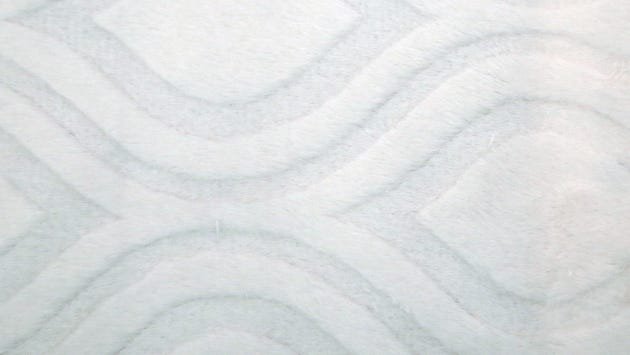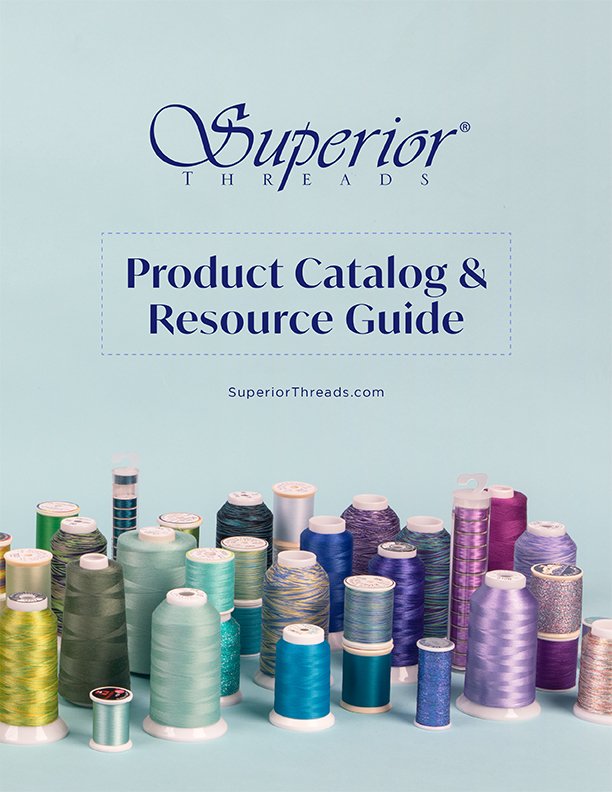Superior Education
QUILTING WITH MINKY
- TIPS AND TRICKS
- CUDDLE
- MINKY
Eliminate frustration when sewing on Minky
We love the feel of Minky fabrics. They are so cuddly, warm, and perfect for snuggling! It’s a wonderful fabric for quilts, but we frequently hear, “If only it were easier to sew with!” Never fear, there are ways to make sewing with Minky fabrics less of a challenge. Below are tips several tips we've found that can make your sewing experience more enjoyable.
Lose the fluff
Minky fabrics tend to have a lot of fuzz. If you've ever cut it with a rotary cutter or scissor, you're well aware of the leftovers that cling to your blouse. A friend told me that she's going to save all the fluff from the cut minky and make a halloween costume out of it. By keeping a lint roller at hand or a portable vacuum, you'll be able to clean your cutting area and yourself right after cutting. Give the fabric a good shake outside to shake loose any stragglers.
Pin like crazy
Pins are your best friend with this type of fabric. Go overboard with pins. Minky behaves best when pins are placed 1-1.5” apart.
Use a #90/14 Topstitch needle
Minky fabric is thicker than quilting cotton fabric. Thicker fabric tends to be more abrasive on the needle and thread. Quilting with a #90/14 Topstitch needle helps protect the thread and resists thread shredding and breaking. The Topstitch needle style has a longer eye and deeper groove that give the top thread more room, resulting in less stress and tension.
Sew with a strong, low-lint thread
When you are piecing or sewing minky fabric pieces together, a strong and low-lint thread will help keep the stitches tight and secure. So Fine! is our favorite thread to use when sewing pieces of minky fabric together as well as quilting on minky. It's strong, smooth, and blends very well, so there's no bulk at the seams.

We recommend So Fine! for quilting on Minky fabrics

Minky fabric
Use a walking foot
Do not stretch minky fabric while you sew or quilt. Using a walking foot as you stitch helps maintain even pressure and avoids stretching. The walking foot also prevents slippage as you stitch. Lengthen your stitch to 3.0-3.5 mm.
Understand the nap
Not the fun nap where you close your eyes and dream of all the quilts you're going to make. The nap of a fabric is the direction of its pattern, but in Minky’s case it’s the direction of the texture. If you iron Minky it can ruin the nap, so we don't recommend ironing. Another fun fact is Minky doesn’t stretch lengthwise, it stretches on the crosswise grain and bias. Be sure you have your stretch in the right direction prior to stitching to avoid blocks that don't flow well and points that don't meet.
Use a rotary cutter
It’s so much easier to cut minky with a rotary cutter. Rotary cutters ensure precise, even cuts. Keep in mind the nap when cutting!
Clean your machine
It’s a definite must to clean your machine after you’ve finished sewing with Minky. If you don't, you're going to have a furball or a linty monster on your hand. If you see your stitch quality start to deteriorate mid-sewing, it’s a great idea to pause what you're doing and clean your machine. It may be helpful to change out your needle as well.
There are many more tips on how to make the most of our minky sewing and quilting experience. We hope you've learned something new and encourage you to share photos of the minky quilts you make with friends and fellow quilters. Teaching others the tips and hints we learn helps preserve the in-depth knowledge we need for future generations of quilters.

 View Our Product Catalog
View Our Product Catalog